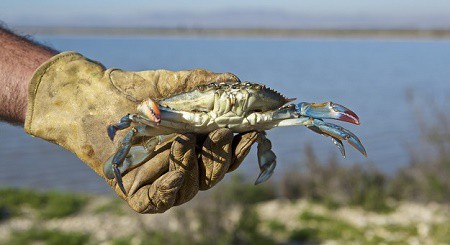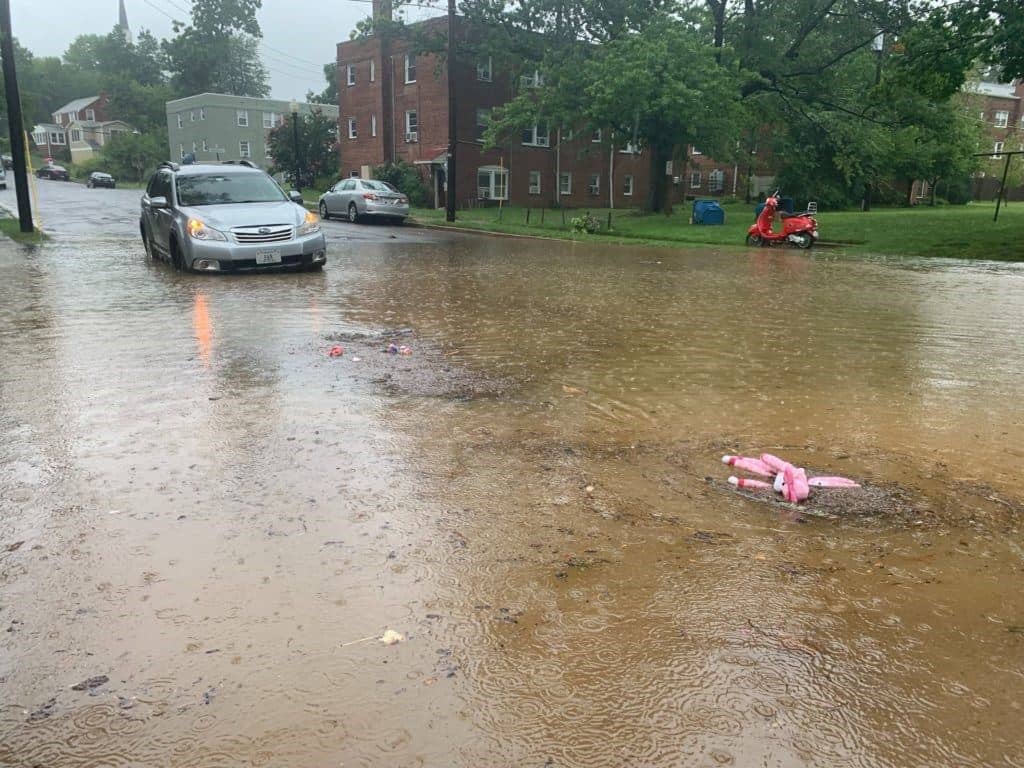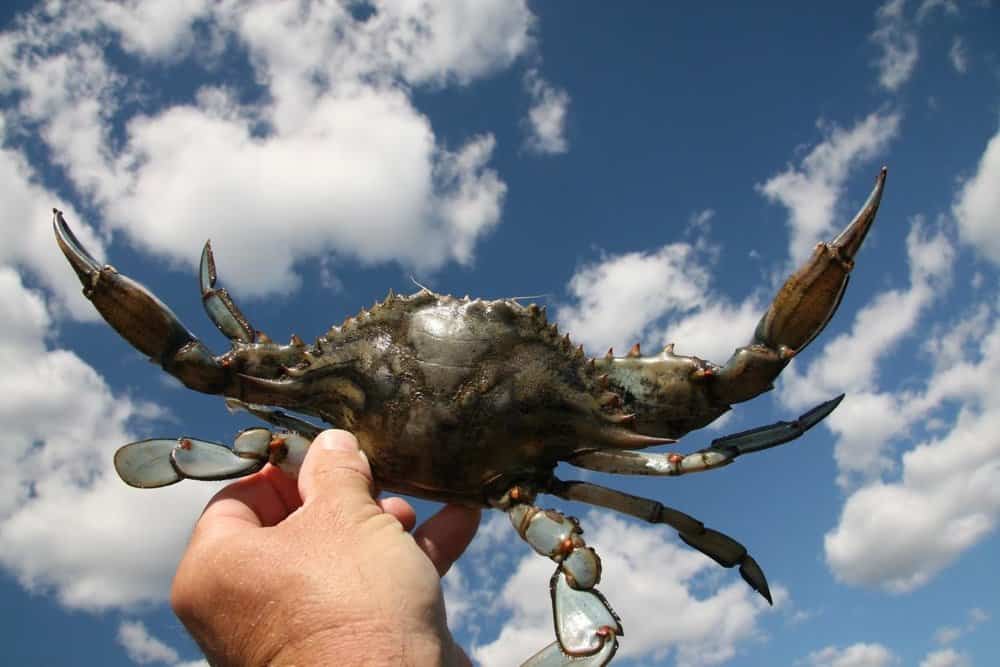The Chesapeake Bay’s beloved blue crab has made its way to Spain as an invasive Mediterranean species— and it is so despised by fishermen that they have compared it to ISIS.
Now, European marine biologists are studying our favorite crustacean to try to control its population explosion.
On the Bay, we herald the opening of crab season (it officially kicked off on Monday), and we love blue crab so much that we’ll pay top dollar to sit around a picnic table covered in newspaper, picking meat out of jagged pieces of shell.
Meanwhile in Spain, the American blue crab is described as “an invasive voracious alien species, with no known predators and with high reproductive and survival rates, which has now spread throughout the Mediterranean.”
Put simply, blue crabs are viewed in the Mediterranean as snakehead fish are on the Bay: as a nasty, uninvited guest who feeds on other important native species.
According to the University of Alicante Marine Research Centre (CIMAR), the crab first appeared in the Ebro Delta in 2012, and has expanded all over the region of Valencia via sea, rivers and wetlands. CIMAR scientist Carmen Barberá is studying the best ways to control the blue crab population, but the crabs are multiplying faster than scientific research can be carried out.
Commercial fishermen say blue crabs’ sharp claws destroy their nets when caught. The Guardamar Fishermen’s Association, which requested the CIMAR study, says its members use gill nets to catch king prawns and cuttlefish in the summer. Without intact nets, they can’t make a living. Guardamar members are now experimenting with different kinds of fishing baskets.
The CIMAR study is focused on tracking blue crab migrations as they move from fresh water to the sea to lay their eggs, and back again. Barberá says researchers want to know where the crabs are at all times.
So how did the blue crab make it all the way to the Mediterranean from the U.S. Atlantic coast in the first place, and expand once there? Scientists believe it may be from the ballast water in ships, scooped up in North America and released into the water overseas.
The species also showed up off the coast of Tunisia in recent years, and the fishermen there say that now, they can’t catch anything but blue crab. They’ve nicknamed the crabs “Daesh,” the Arabic term for the Islamic State, saying the crabs destroy everything.
CIMAR is still working on its study, which involves sampling different, connected ecosystems from fresh water areas to hyper-salinated water channels. They’re also trying to determine the growth limit of the crab’s populations, how to catch them most efficiently, and how profitable a Mediterranean blue crab commercial fishery would be.
Scientists point out that the stakes are high when it comes to experimenting with a non-native species: “The blue crab is an invasive species already established in the Mediterranean, and any wrong action could further its expansion.”
The attitude in Valencia is a far cry from the Bay, where a bushel basket full of blue crabs can make a summer day.
-Meg Walburn Viviano




